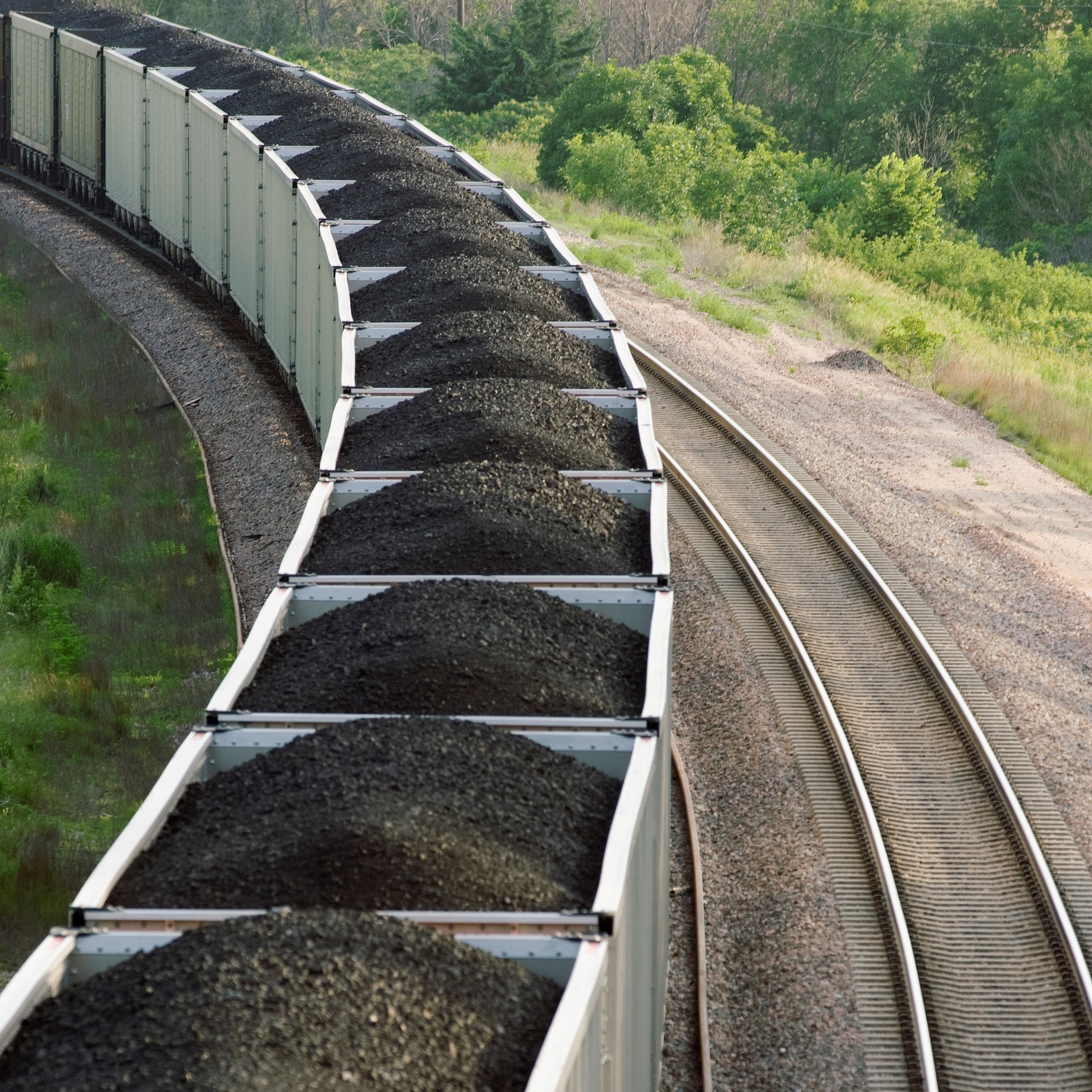Energy
Westmoreland Coal Earnings and the Troubles Ahead for Coal

Published:
Last Updated:

The carnage in the coal industry over the past several years is not exactly news. From the glory days in the middle part of the last decade, big U.S. mining companies have lost billions of dollars and shed tens of thousands of jobs. A short respite in the industry’s losses is expected this year and next as demand for metallurgical coal used in steelmaking is expected to increase before tapering off again in 2018.
Demand for thermal coal used to generate electricity is also up this year as natural gas prices continue to rise, making coal price competitive again. Chinese demand is expected to improve in the second half of this year but that may be partially offset by declining demand in India.
However, a report Monday morning from Reuters suggests that as producers boost production to take advantage of higher prices, the risk of oversupply increases. One industry executive estimates that oversupply of thermal coal will total 16 billion metric tons (tonnes) by the end of this year.
Westmoreland Coal Co. (NASDAQ: WLB) reported first-quarter 2017 results before markets opened Monday morning, and the coal mining company reported a net loss of $1.98 per share. Last year Westmoreland reported a profit of $1.67 per share and analysts were expecting a profit of $0.13 for the first quarter of 2017.
The expiration of two contracts and operational problems got most of the blame, but the company did not back off its prior guidance for the year of 40 million to 50 million tons shipped and adjusted EBITDA of $280 million to $310 million. Coal shipments were down 10% year over year in the first quarter but adjusted EBITDA was up nearly 39%, primarily due to an early repayment of loan and lease receivables totaling $47 million.
How much does all this matter to the U.S. economy and President Trump’s promise to bring back coal and coal mining? With local exceptions, not much. In the past 15 years, coal mining jobs have declined by 32%. Jobs in retail department stores have dropped 46% over the same period.
In the five years through the end of 2016, more than 58,000 coal mining jobs were lost, according to a study released last month by Columbia University researchers. Stricter regulations on carbon emissions had almost nothing to do with the decline in coal-fired electricity generation:
We found that 49 percent of the decline in domestic US coal consumption was due to the drop in natural gas prices, 26 percent was due to lower than expected electricity demand, and 18 percent was due to growth in renewable energy. Environmental regulations contributed to the decline by accelerating coal power plant retirement, but these were a less significant factor. We also found that changes in the global coal market have played a far greater role in the decline of US production and employment than is generally understood. The recent collapse of Chinese coal demand, especially for metallurgical coal, depressed coal prices around the world and reduced the market for US exports. The decline in global coal prices was a particularly important factor in the recent wave of coal company bankruptcies and resulting threats to the healthcare and pension security of retired US coal miners and their dependents.
Westmoreland’s stock price plummeted more than 26% early Monday morning and was last seen down 10% at $8.83, in a 52-week range of $6.98 to $19.92.
The average American spends $17,274 on debit cards a year, and it’s a HUGE mistake. First, debit cards don’t have the same fraud protections as credit cards. Once your money is gone, it’s gone. But more importantly you can actually get something back from this spending every time you swipe.
Issuers are handing out wild bonuses right now. With some you can earn up to 5% back on every purchase. That’s like getting a 5% discount on everything you buy!
Our top pick is kind of hard to imagine. Not only does it pay up to 5% back, it also includes a $200 cash back reward in the first six months, a 0% intro APR, and…. $0 annual fee. It’s quite literally free money for any one that uses a card regularly. Click here to learn more!
Flywheel Publishing has partnered with CardRatings to provide coverage of credit card products. Flywheel Publishing and CardRatings may receive a commission from card issuers.
Thank you for reading! Have some feedback for us?
Contact the 24/7 Wall St. editorial team.